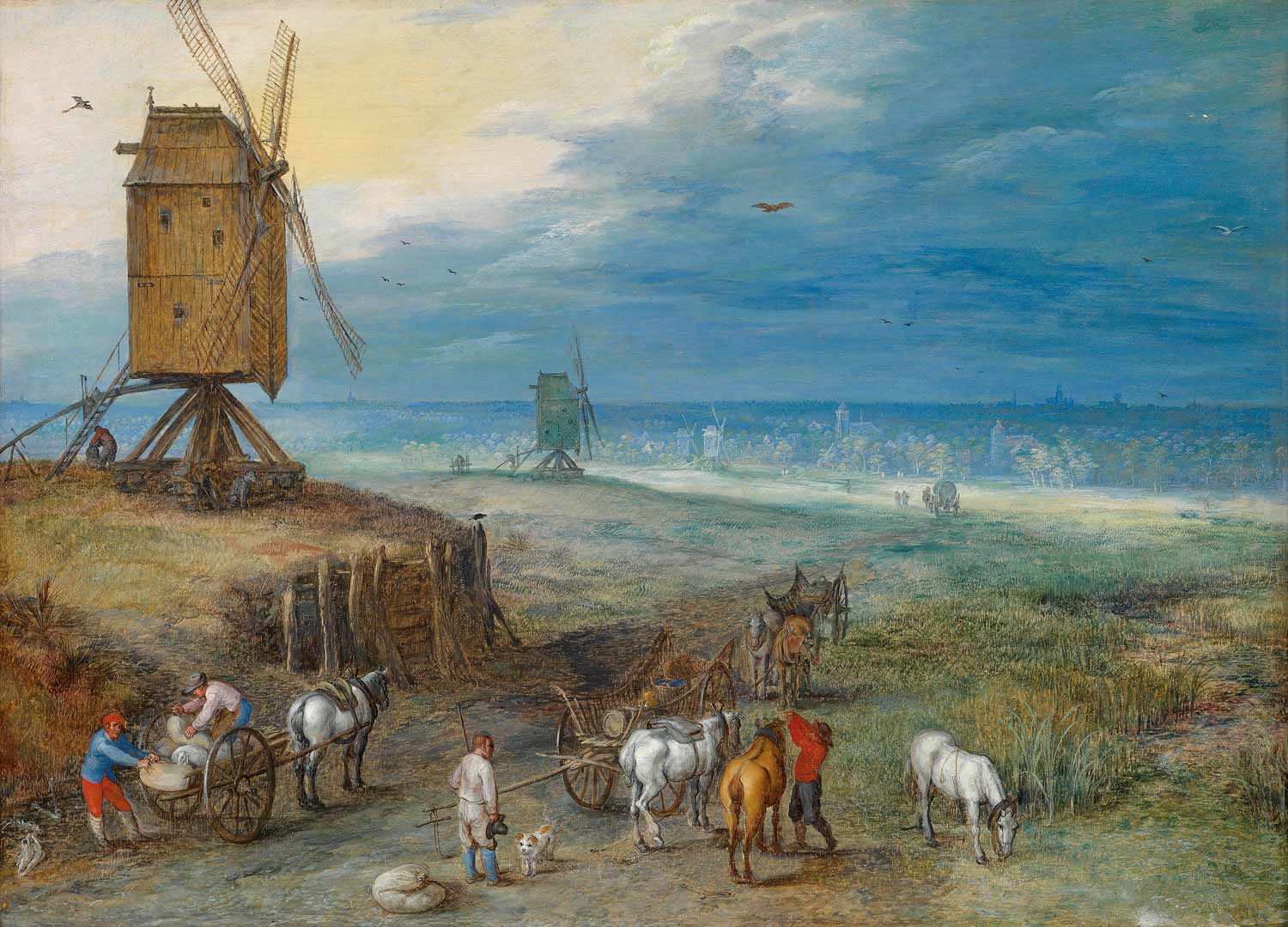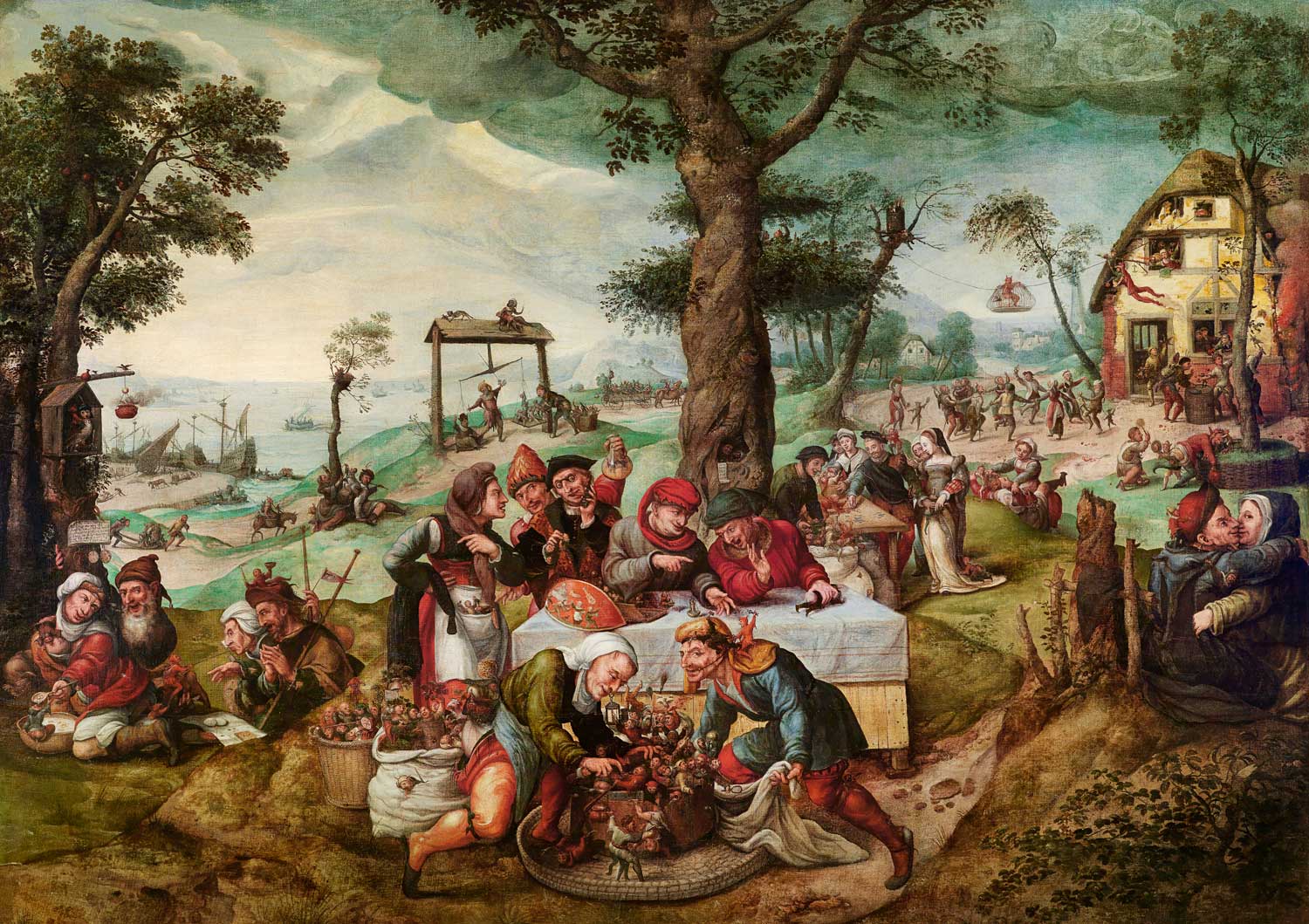We asked Fernand Huts how it all started and he didn’t need much prodding to tell us the story of his amazing life:
Very early on, in the ’70s, I risked all my wife’s and my own savings to start a distribution company of biological vegetables and foodstuffs. After years of intense exploration of this growth market I was able to sell off a then prosperous company and buy myself into the harbor logistics company of Katoen Natie, then a middling cooperative society employing 60 staff. Through modernization, innovation and niche finding it was transformed into a world-wide concern employing 13,000 staff. Meanwhile art had always been a passion, since I consider it the soul of a nation, the nutrition ground of a person’s or a company’s creativity and the playground of the truly playful.
“Play is the mother of creativity and creativity the mother of innovation.”
As any reasonably well-off middle-class entrepreneur I had at one point started collecting lovely landscapes of the sort produced by the Flemish Latem Movement without effort or pain and in unbelievably large numbers. A decision to take up Art History classes brought me into contact with an authority on Coptic and antique textiles, and the growing success of Katoen Natie allowed my wife and me to get serious (while still playing) and to build one of the worlds’ leading collections in that domain (now permanently on show in the Antwerp city headquarters and open to visits).
We also developped an interest in 20th-century Latin American art, in postwar Belgian and West European art, originating in a large collection of COBRA and some really fascinating contemporary sculptures, amongst which I like to specially mention a monumental revised Brabo fountain by Wim Delvoye.
Art-Playground
However, collecting art was never about possessing stuff. It is rather that it allowed us to play in a marvelous playground and that this play added value to our projects. Everything is always about play. Play is the mother of creativity and creativity the mother of innovation. On the business side we observed that people responded really well to working in an art-filled environment. So our buildings are built with special care and their grounds, passages and offices are overflowing with art. This seems to attract creative people and stimulate their inventiveness. The cost of building and decorating this way may be 30% higher than for building in the standard way, but everybody in the company agrees that it is worth it.
Recently I made two really important decisions:
The first was to place the collections into a foundation, aptly named Phoebus, where they would continue to exist and function for all time, independently of the lives and fortunes of either myself, my wife, my children or Katoen Natie.
The second was to do something about the constant underfunding of the cultural world and of the people who work in it. Never one for only moaning and denouncing wrongs, I decided to annually invest around eight million euros in cultural projects that touch my heart.
You see, the art world is full of creative people brimming with ideas, but stifled, crushed by the institutions they work for and deprived of the necessary means to do something significant. Let them come to me with their ideas. Bring them on!
Projects
However, the projects we have in mind need to meet five fundamental criteria: they need to be scientifically sound, make use of the newest technology, be creative and add value, be directed by good entrepreneurship (which of course we provide ourselves), and – last but not least – they need to show a clear link to the roots of Flanders and its identity.

Indeed, all too often I would be in bookshops abroad, roaming through shelves of History and Art History that overflowed with books about our territorial neighbors but displayed just three or four dismal volumes about Flanders. Given our rich historical and cultural past, this should change. Nevertheless, new projects should be innovative and add value to all existing knowledge.


One of our projects is a majestic, witty, very refreshing book by Katharina Van Cauteren. It tells the story of the failed attempt of two virtuous Habsburg regents of the Southern Netherlands (a Spanish princess married to an Austrian prince) pushing their court painter into manipulating decision makers in high ranks into electing them to the imperial crown, and all this by means of high camp.
Accompanying this publication, the M – Museum of Leuven organizes an exhibition with the same theme. The court painter, Hendrick De Clerck, has disappeared from the art scene. With the book and the exhibition, he is back.

Another project is the aforementioned exhibition “Golden Times” about how 15th- to 16th-century Flanders and Antwerp rose to be the economic and financial power hub of the world, how they flourished in a spectacular, cosmopolitan way, and finally how those golden times went out with a bang. Its very apt focal point will be Verbeeck’s “The Mocking of Human Follies”, bought at Dorotheum. We expect the exhibition to open in Ghent in June 2016.
Thus speaks a man who, through sheer determination, playful creativity and insistence on innovation plus niche finding, has built a vast business empire from scratch. Through art and culture he finds inspiration and stimulation, not only in his professional activities but also in his concern about his culture and nation. For this he is prepared to go to great lengths and grand gestures. May this be a shining example in these darkening times.
by Wilfried Van Gaver
and Honorine D’Ursel
(myART MAGAZINE Nr. 07/2016)
Information:
Wilfried Van Gaver is Sales Officer for Old Master paintings at Dorotheum Brussels.
Honorine d’Ursel manages the Dorotheum office in Brussels.












